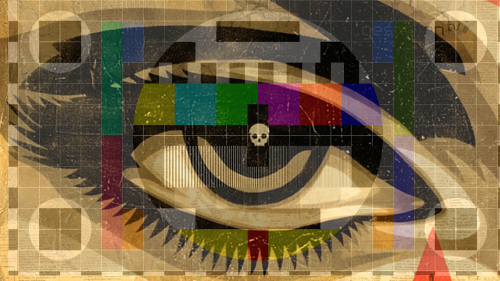Follow
@socketwench - Personally, the Memory Wall sequence, as written, is far more exciting than what we got in the film. But from what I've seen of the filmed sequences, they're not very good. The blame is mostly on Robert Abel's production company that created the sets. They looked great, sure. But for one shot. Any other shots that would have been made traveling through would have looked like...the same shot. The Trench was a simple curve. The Memory Wall was a flat crystalline wall.
Refilming the Memory Wall at the last minute wouldn't have helped the hokey look even with Doug Trumbull at the helm, so the production gave him a check and said "make it good." It's not as exciting, but looks a helluva lot better.
